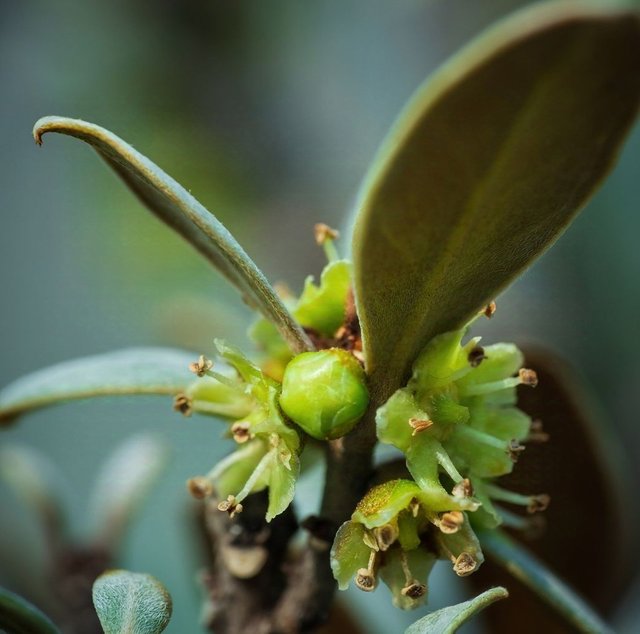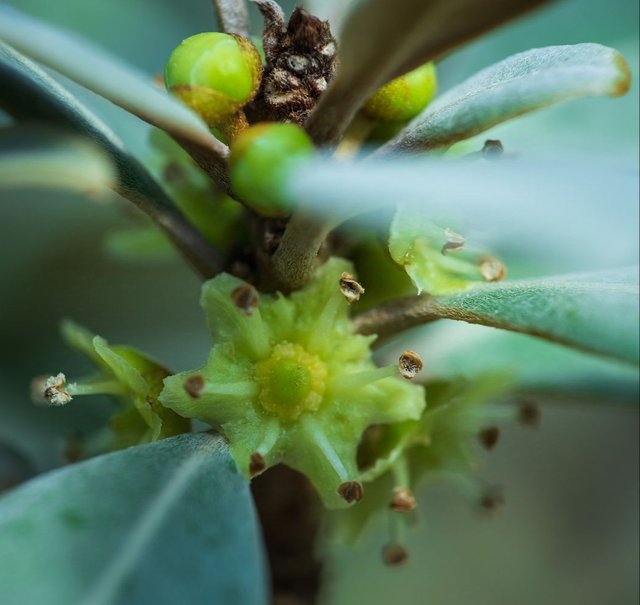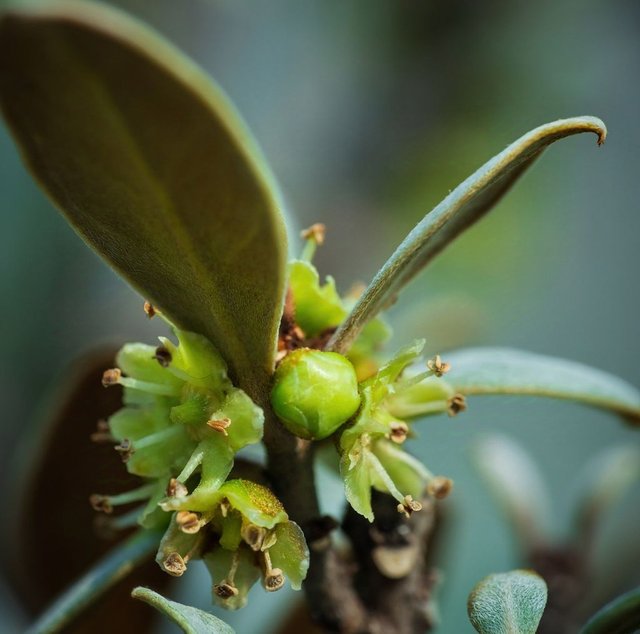So Beautiful Box Family Flower
The Box family refers to various species within the genus Buxus, commonly known as boxwood. These plants have a rich history in landscaping, horticulture, and even cultural symbolism. Known for their durability, dense foliage, and slow growth, boxwoods are often used in gardens, topiaries, and hedges. The family has several species that are cherished for their unique qualities, resilience, and adaptability, especially in the world of gardening and ornamental landscaping.
Species in the Box Family
The most commonly cultivated species include:
Common Boxwood: Native to southern Europe, northern Africa, and western Asia, this is the most popular boxwood species used in landscaping. It is highly valued for its deep green leaves, compact growth, and versatility. This species is often shaped into hedges, borders, and formal garden designs.
Japanese Boxwood: Originating from Japan, this species is more tolerant of warmer climates and humidity. It has a slightly faster growth rate than the common boxwood and is widely used in the southern United States.
Korean Boxwood: Known for its cold-hardiness, Korean boxwood is well-suited for colder climates. Its foliage has a lighter, yellow-green hue, which differentiates it from other species and can add subtle color variation to gardens.
Dwarf Boxwood: This type is often used for small hedges or border plants due to its naturally compact size and fine foliage. It is an excellent choice for container planting or rock gardens.
Each species has its particular strengths, including varied tolerance to heat, cold, and specific soil conditions. Cultivators often select the best-suited species depending on regional climate, garden design, and specific landscaping needs.
History of Boxwood in Landscaping
Boxwood has been a part of ornamental landscaping since ancient times. The Romans used it extensively in gardens for its evergreen qualities and adaptability to pruning and shaping. The plant's ability to maintain a neat, formal appearance with regular pruning made it an essential feature in traditional European gardens and estates, especially during the Renaissance period, when elaborate garden designs flourished. This tradition continued into the formal gardens of the 17th and 18th centuries, including famous historical sites like the Palace of Versailles.




